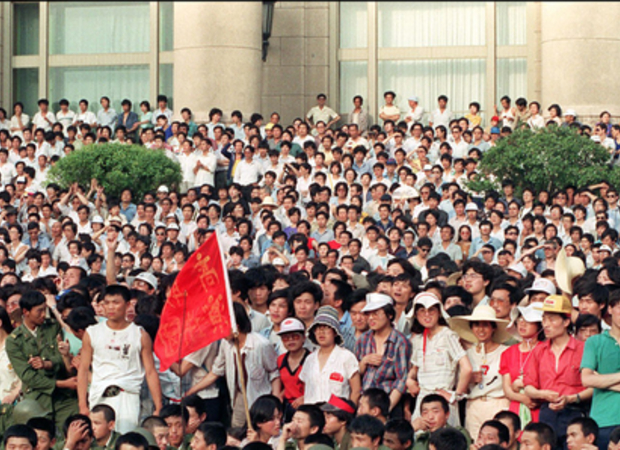American Businesses in China Feel Heat of a Cyberdispute
on May 31, 2014
Chinese officials are ramping up political and economic pressure on the United States following indictments against five members of the Chinese Army on charges of economic cyberespionage.





